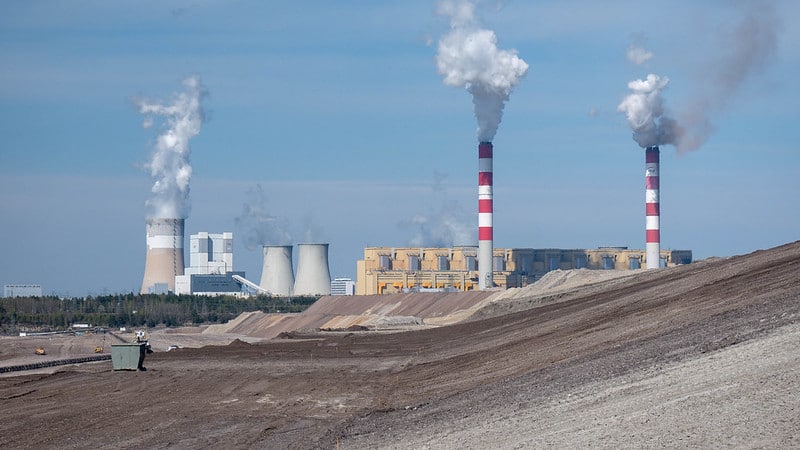According to a new report, global carbon dioxide emissions are forecast to increase by 1.5 billion tons in 2021, the second biggest annual rise in history as countries sink stimulus cash into fossil fuels in the recovery from COVID-19.
—
What is Happening?
- According to the report by the International Energy Agency, CO2 emissions are expected to rise nearly 5% in 2021, to 33 billion tons, reversing much of last year’s decline in emissions caused by COVID-19-related shutdowns. This year’s rise will be the largest since the 2010 recovery from the global financial crisis.
- The IEA’s projections for 2021 are based on comprehensive data from around the world, including data from existing energy sources and new plants scheduled to come online. Energy data from the end of last year showed fossil fuels ahead of 2019 levels, and the surge has continued in the first part of this year.
- The agency fingers the increase in coal use as the reason behind the increase in emissions, forecasting that coal-burning in 2021 would come close to the all-time peak of 2014. Use of natural gas is also projected to increase this year above 2019 levels, and demand for oil is rebounding strongly.
- A rebound in coal is concerning considering the plunging costs of renewable energy, which is now cheaper than coal.
- While 2021 emissions will still likely be down from 2019 levels, they are still rising. Next year, there could be even stronger rises as air travel returns.
Fatih Birol, executive director of the IEA, says, “This is a dire warning that the economic recovery from the COVID crisis is currently anything but sustainable for our climate. Unless governments around the world move rapidly to start cutting emissions, we are likely to face an even worse situation in 2022.”
You might also like: Food Systems Drive a Third of Greenhouse Gas Emissions, Study Estimates
- Frustratingly, carbon emissions will jump sharply in 2021 despite a predicted 17% increase in electricity generation from wind power and an 18% increase in solar power generation. While renewable energy, including hydropower, is expected to provide 30% of electricity generation worldwide in 2021, CO2 emissions are surging because of developing economies in Asia, primarily China, where the construction of coal-fired power plants continues to grow.
- Besides China, coal use is also surging in the US, reversing annual declines since 2013. This is the result of high gas prices, which are driving a switch from gas to coal for electricity generation. Further, former president Donald Trump scrapped regulations put in place by Barack Obama to curb coal use by power stations, something that current President Joe Biden is working to reverse.
- Atmospheric concentrations of CO2 are now at 417 parts per million and have increased 3 PPM in the past year. Scientists say these increases represent some of the most rapid growth of CO2 emissions in millions of years, even exceeding eras where large volcanic eruptions filled the skies with CO2.
- Emissions need to be reduced by 45% this decade if the world is to limit global heating to 1.5C.
Birol called on governments to bring forward new climate policies urgently and seek a green recovery from the COVID-19 crisis. “Last year, I expressed my hope that the economic recovery from COVID-19 should be green and sustainable. But these numbers indicate that this recovery is currently anything but sustainable for our climate,” he said.
Featured image by: Flickr

















